Crossings
3 min read
Stream crossings on dairy farms prevent harm to aquatic habitats, reduce pollution, and boost livestock health.
Well planned and constructed crossings prevent damage to the stream bed and reduce the amount of sediment, nutrients and bacteria getting into waterways. They may also improve stock health and production by reducing stress, lameness and the potential of liver fluke.
Stream crossings for livestock using bridges or culverts are required under the Stock Exclusion Regulations.
The Stock Exclusion Regulations 2020 require all dairy cattle to use a bridge or culvert if they cross a waterway more than twice a month. All other stock are required to use crossings by 1 July 2025.
Always consult your regional council before construction and pick a suitable location. Consider the waterway size and flow before choosing the location for a culvert or bridge. Create safeguards like nib walls and runoff drains to prevent water contamination. It's crucial to follow these guidelines for a well-constructed, compliant crossing, ensuring optimal farm management and environmental stewardship. You also need to ensure the crossing does not cause a barrier to fish passage up and down the waterway.
Consult with your regional council to find out what their rules are around constructing crossings and whether you require a resource consent. If a proposed crossing is on a waterway managed by the regional council for flood protection purposes, restrictions may apply.
Fish passage requirements under both the National Environmental Standard for Freshwater and regional council plans may also need to be considered.
The type of crossing constructed is dependent on waterway size and shape, high flow levels and the types of vehicles that need to cross. Bridges are preferred over culverts to ensure normal stream function, such as flows and fish passage.

Ideally, a crossing point should be at a narrow point of the waterway, with flat approaches on either side or approaches that slope away from the waterway.
Avoid locating crossings where there are steep slopes leading down to it. Flat or slightly rising approaches are safer for farm vehicles, reduce the risk of stock slipping, and reduce sediment and nutrient runoff into the waterway.
Choose a straight stretch of stream with a low gradient. Bends in the stream near culverts are more likely to cause erosion.
Crossings should be constructed so that stormwater runoff from the track leading to and from the crossing can be diverted away from the stream (using earth-cut-off drains) into a grassy area.
Raised edges (often called nib walls) on the crossing will help prevent direct runoff from entering the water.
Where suitable
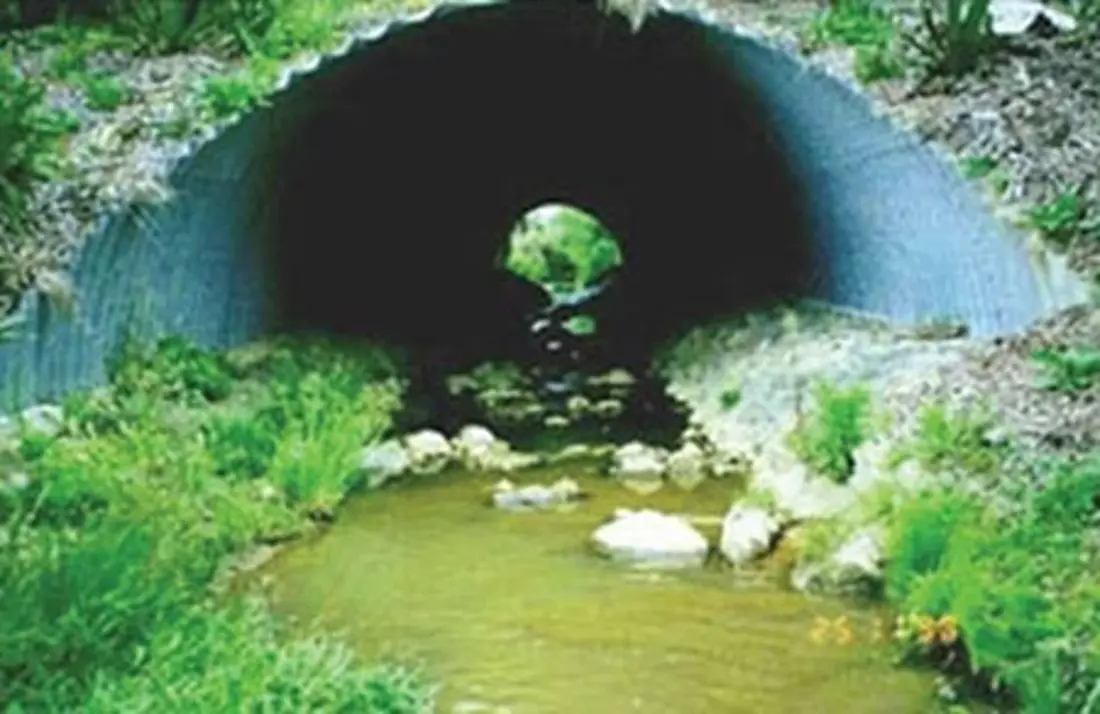
This is the most preferred option for culverts as there is no base to the culvert, meaning it will likely maintain the normal stream functioning, such as flows and fish passage, and create less erosion risk and therefore maintenance requirements.
Key considerations
What to avoid
Where suitable
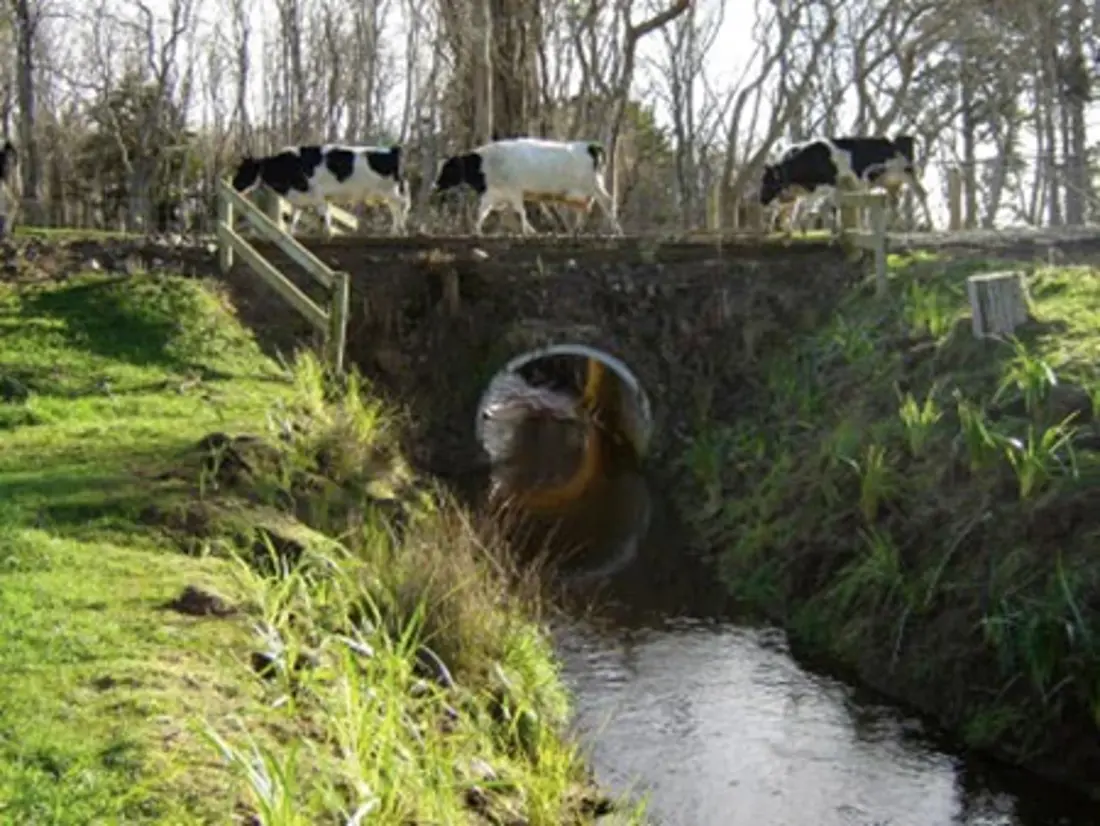
Key considerations
What to avoid
Where suitable
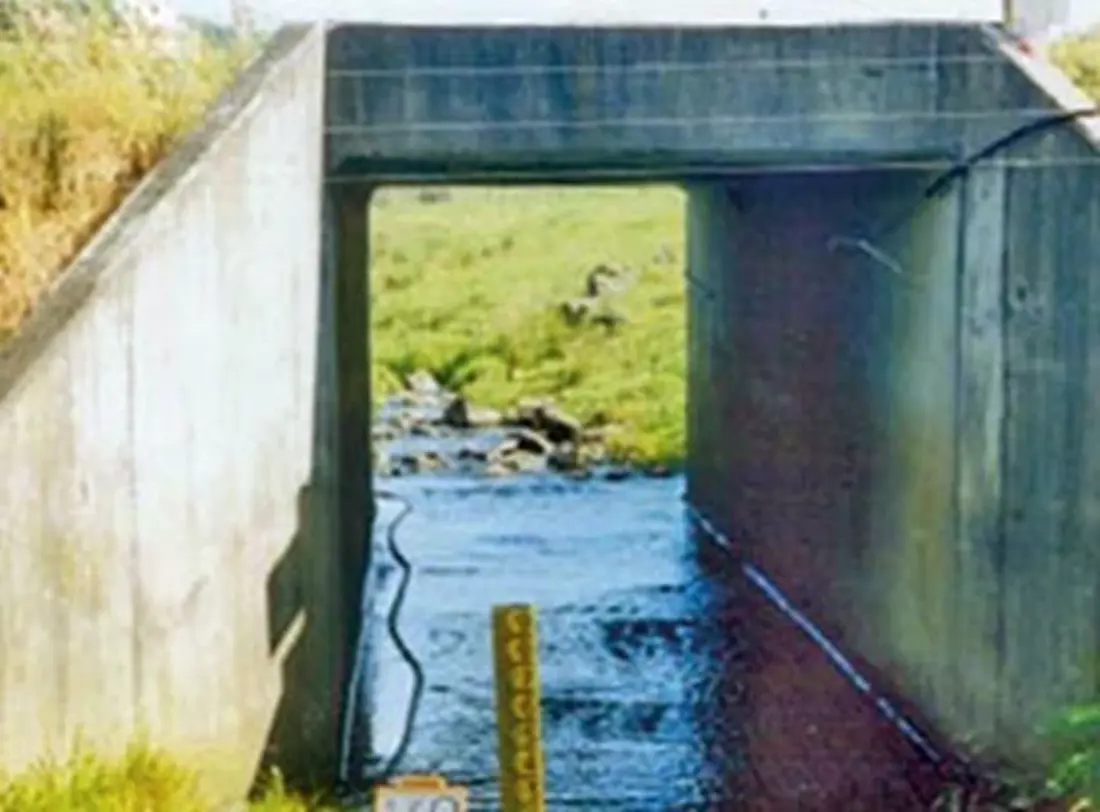
Key considerations
What to avoid
Where suitable
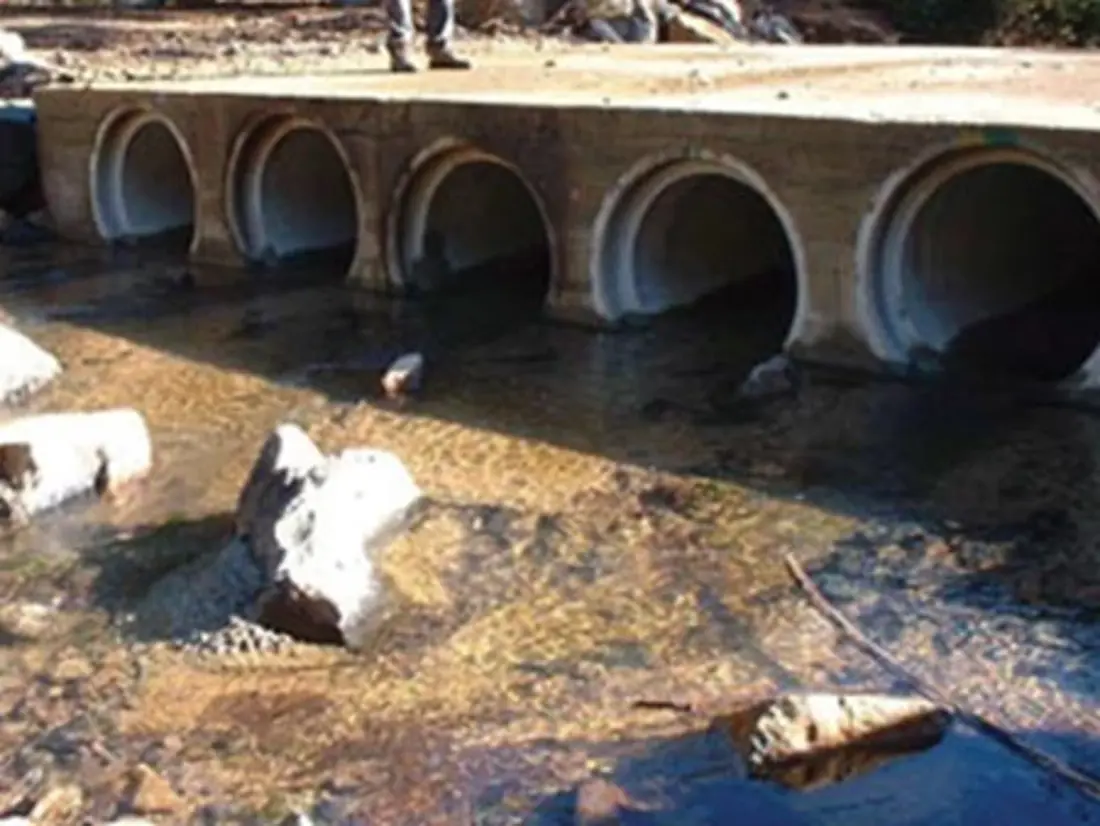
Key considerations
What to avoid
Where suitable
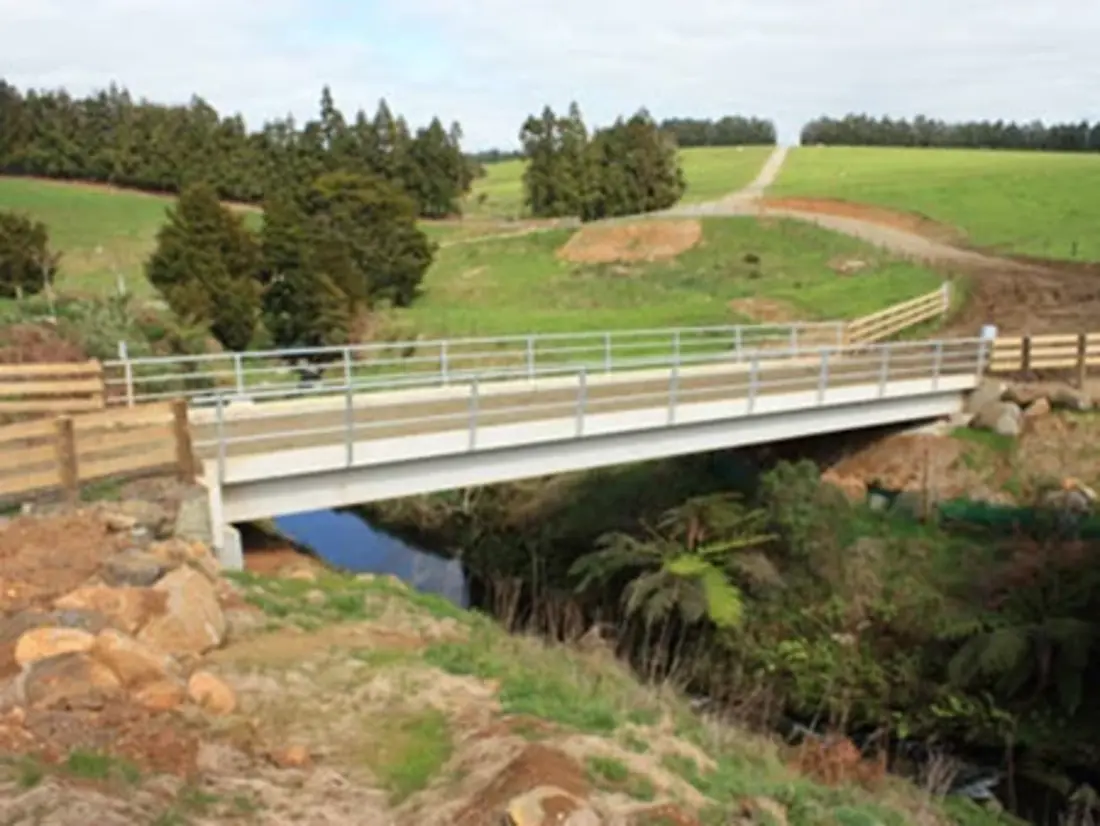
Key considerations
What to avoid
Where suitable
Key considerations
What to avoid
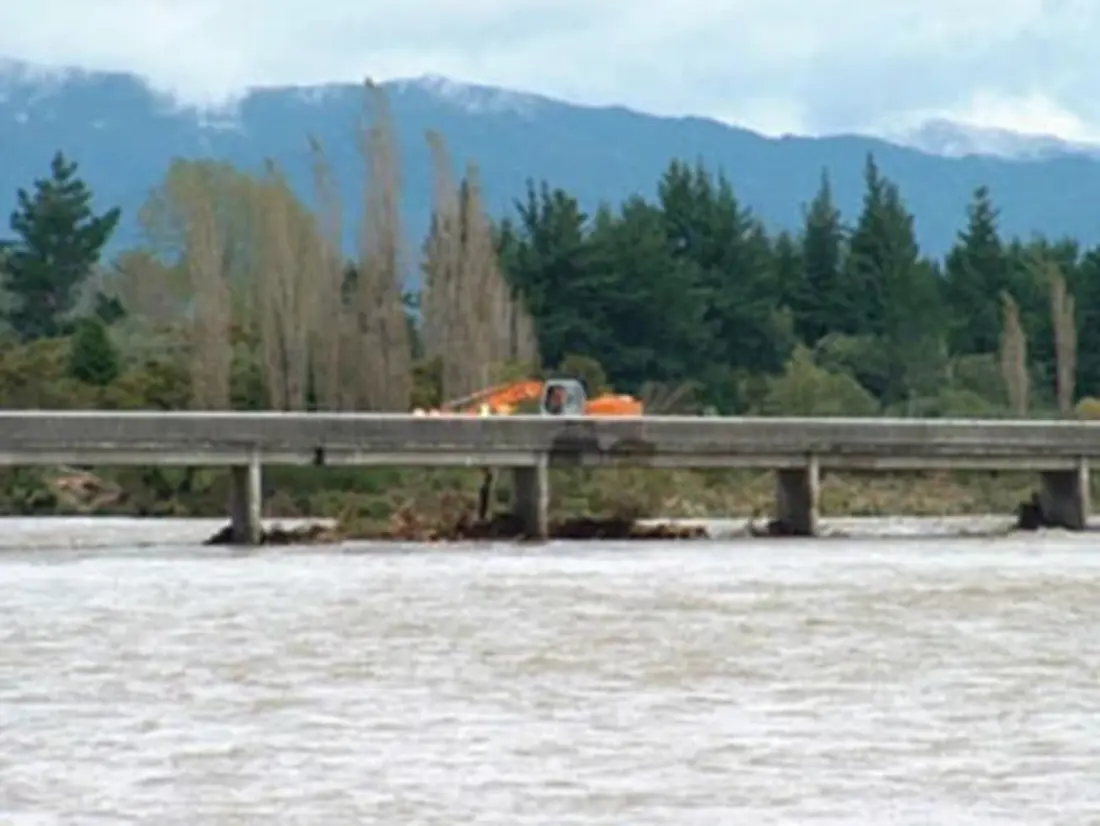
Now’s the perfect time to check in, plan, and set up for a strong season. We’ve pulled together smart tips and tools to help you stay ahead all winter long.
Whether you prefer to read, listen, or download handy guides, we’ve got you covered with trusted tools to support your journey every step of the way.